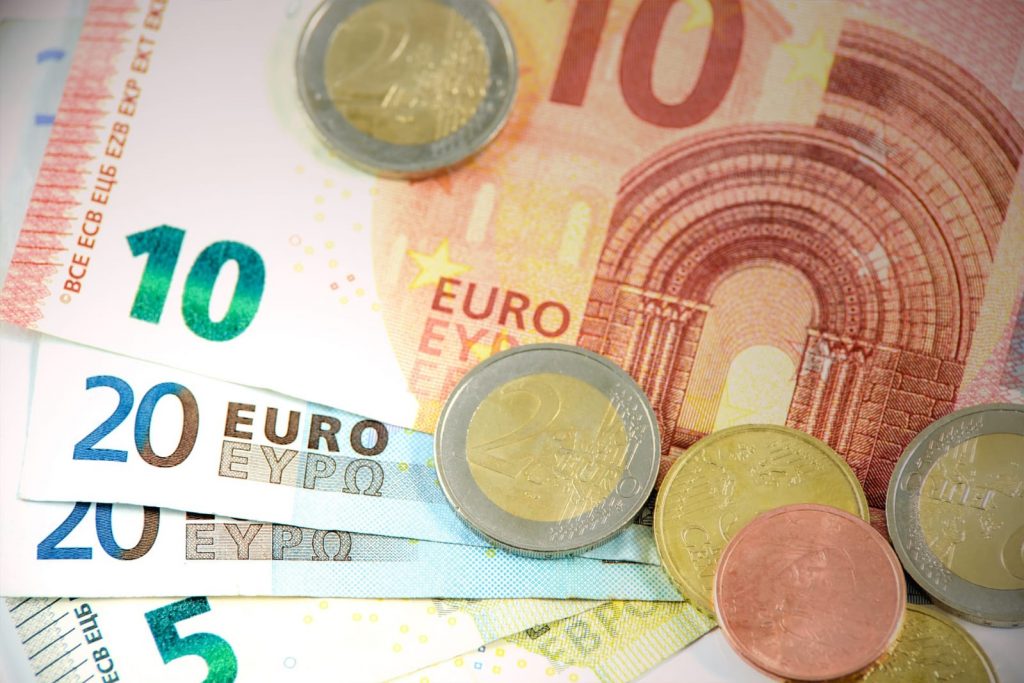Price elasticity of demand. This article will explain what PED is and will go through the different types of PED.

Welcome to Simply Economics. This article is the seventh in a series to explain economics to those who want to broaden their scope of the subject. Click here to find out more about the series.
Price elasticity of demand
Price elasticity of demand (PED) is the responsiveness of demand due to a change in the price of the good. If you wish to calculate the PED of a good, the formula is:
Percentage change in quantity demanded for a good ÷ percentage change in the price of the good
In the majority of cases, a negative answer is obtained. This shows that the diagram will have a negative gradient as price and demand move in opposite directions.
TYPES OF PRICE ELASTICITY OF DEMAND
PRICE ELASTIC DEMAND
If the price elasticity of demand is less than -1, the good is said to be price elastic. This means that there is a greater decrease in demand when there is a change in price.
For example, if there is a 20% rise in the price of a Rolls Royce car, this may lead to a 40% decrease in demand. This would mean the PED is -2.
Below is the demand curve of a price elastic good:

As shown above, the demand curve for a price elastic good is downward sloping (has a negative gradient). However, it is very flat which is important when it comes to trying to increase total revenue.
PRICE INELASTIC DEMAND
If the price elasticity of demand is more than -1 but less than 0, the good is said to be price inelastic. This means the percentage change in demand for a good is less than the percentage change in the price of the good.
For example, if there is a 20% increase in the price of cigarettes this may lead to a 10% decrease in demand. This would mean the PED is -0.5.
Below is the demand curve of a price inelastic good:

As shown above, the demand curve for a price inelastic good is downward sloping (has a negative gradient). However, it is very steep which is significant because it affects the policies required in order to increase total revenue.
UNIT ELASTICITY
If the price elasticity of demand is equal to -1, the good is said to have unit elasticity. This means the percentage change in demand is equal to the percentage change in price.
For example, if there is a 20% increase in the price of bananas then this would cause a 20% fall in demand.
Below is the demand curve for a unit elastic good:

As shown above, the demand curve for a unit elastic good is curved, unlike the other elasticities. The percentage change in demand is directly proportional to the percentage change in price. This comes with advantages. For example, a firm could sell off all of its products by decreasing the price of the product without their total revenue decreasing.
PERFECTLY PRICE INELASTIC DEMAND
If the price elasticity of demand is equal to 0, it is said to be perfectly inelastic. This means that there will be no change in demand even if there is a change in price.
An example of this may be an addict to a drug/substance.
Below is the demand curve for a perfectly inelastic good:

As shown above, the demand curve is perfectly vertical which shows the demand remains constant regardless of how high the price may be.
PERFECTLY PRICE ELASTIC DEMAND
If the price elasticity of demand is infinite the good is said to be perfectly elastic. This means the price remains the same no matter how large a change in demand there is.
The demand curve for a perfectly elastic good is shown below:

As shown above, the demand curve is horizontal which shows that the price remains constant regardless of a change in price.
OVERVIEW:
If PED < -1 good is price elastic
If PED > -1 good is price inelastic
If PED = -1 good has unit elasticity
If PED = 0 good is perfectly inelastic
If PED = ∞ good is perfectly elastic
In conclusion, it is crucial that companies understand the PED value for the good they sell because it affects their total revenue. Click here to find out how PED affects the total revenue of a company.
Feel free to ask any questions and sign up below for the latest updates. Click here for more articles. For more articles in the Economics for Beginners series, click here.
What is Quantitative Easing (QE)
This article will explain the key concepts of Quantitative Easing. It will explain how Quantitative…
11. Taxes
This article will go through the different types of taxes and will explain where the…
10. Consumer and Producer Surplus
This article will explain consumer and producer surplus are and will also discuss the impact…

Thanks for sharing. I read many of your blog posts, cool, your blog is very good.


Your article helped me a lot, is there any more related content? Thanks!


Thank you for your sharing. I am worried that I lack creative ideas. It is your article that makes me…


Thanks for sharing. I read many of your blog posts, cool, your blog is very good.


Thanks for sharing. I read many of your blog posts, cool, your blog is very good.





Can you be more specific about the content of your article? After reading it, I still have some doubts. Hope you can help me.
I don’t think the title of your article matches the content lol. Just kidding, mainly because I had some doubts after reading the article.
Thanks for sharing. I read many of your blog posts, cool, your blog is very good.